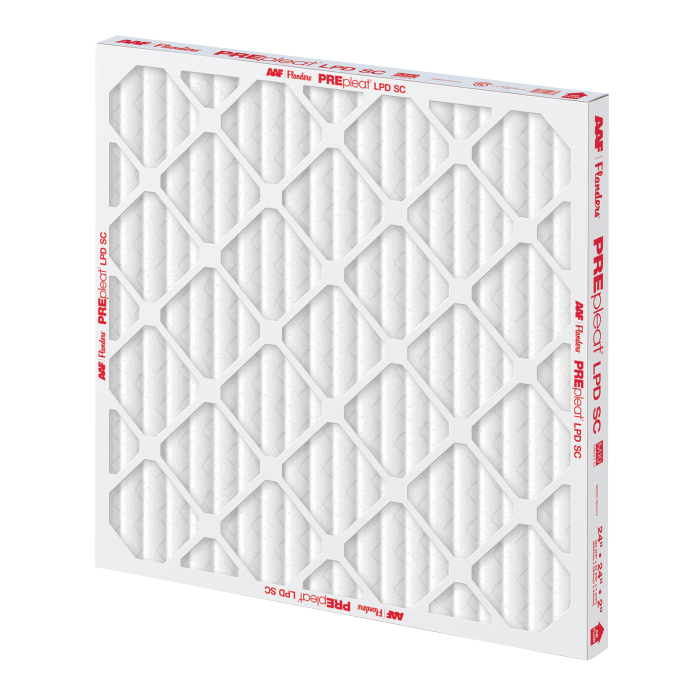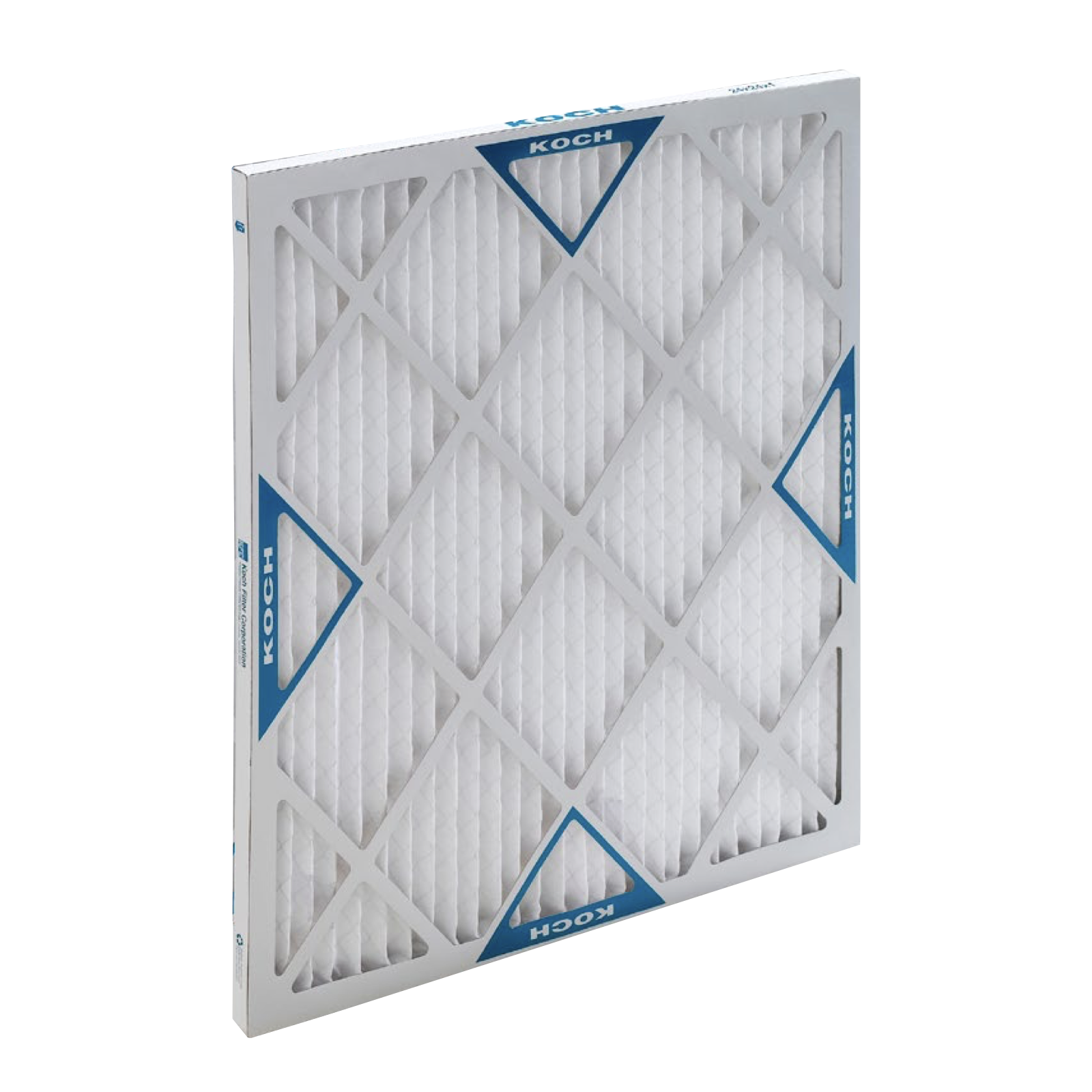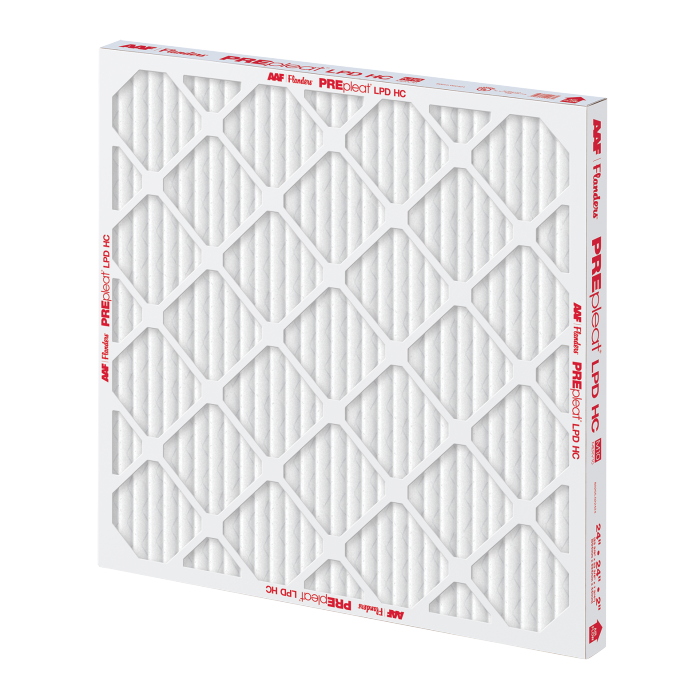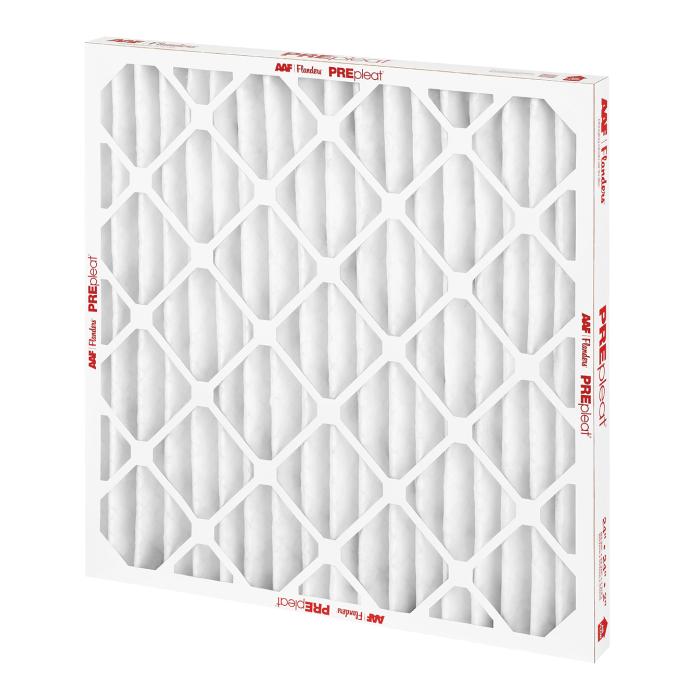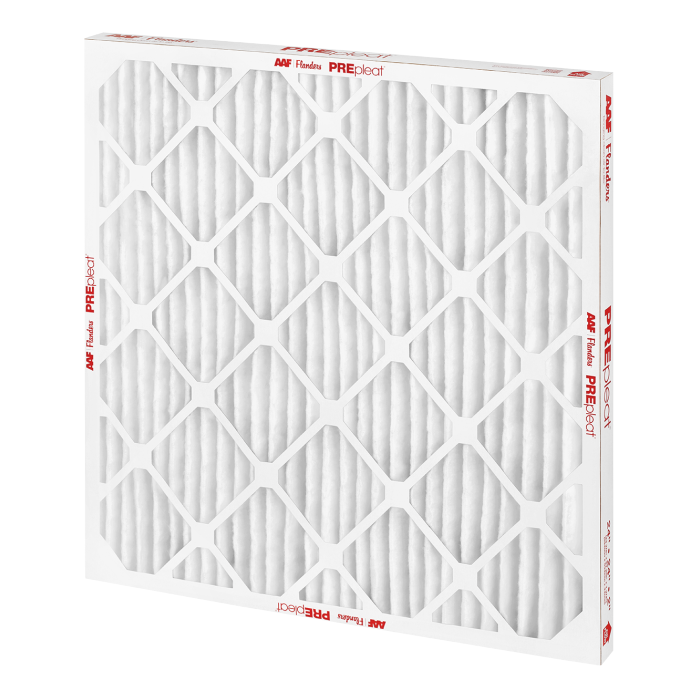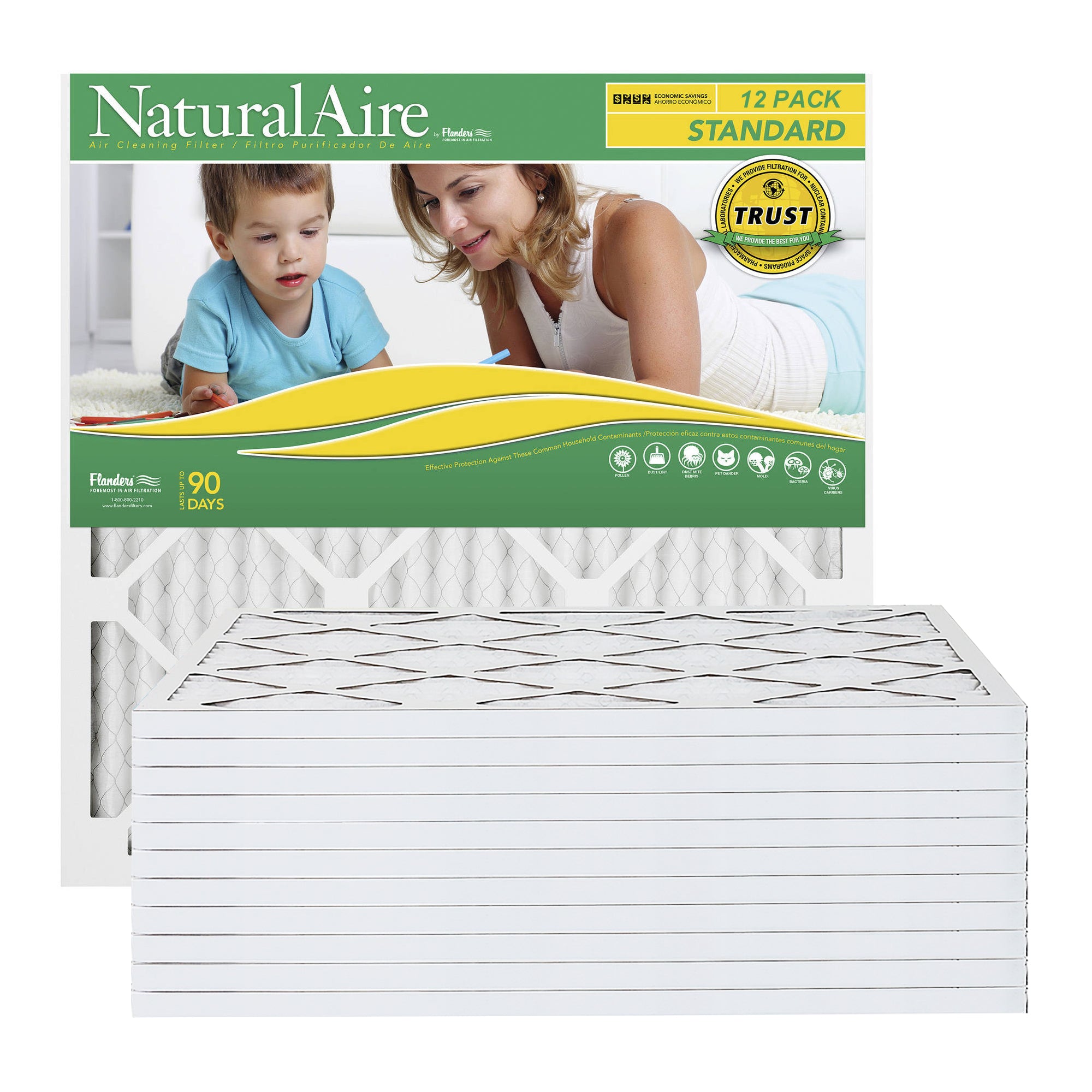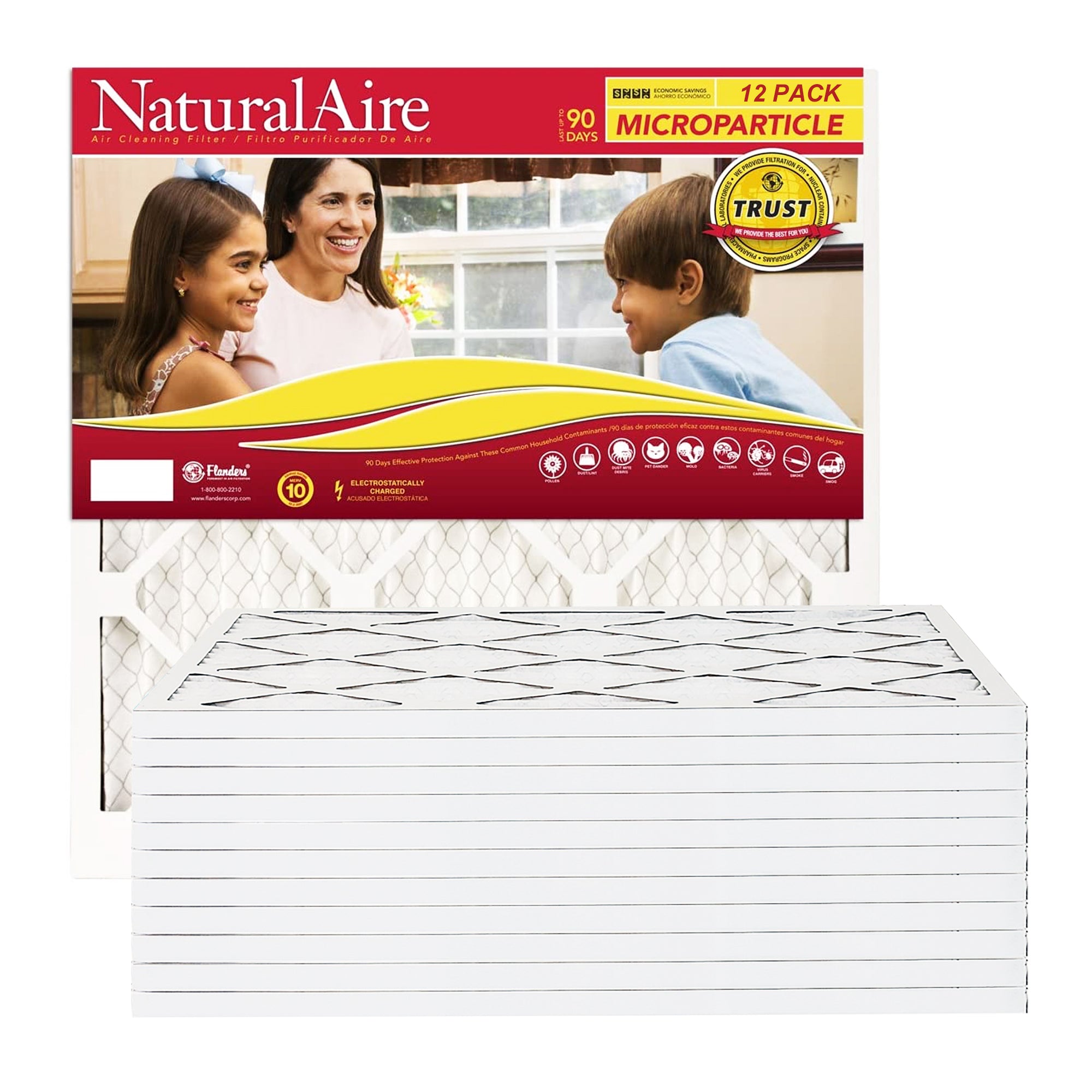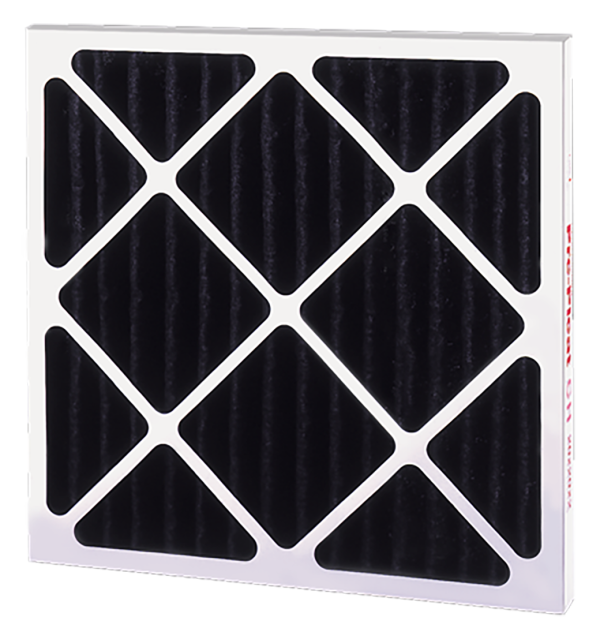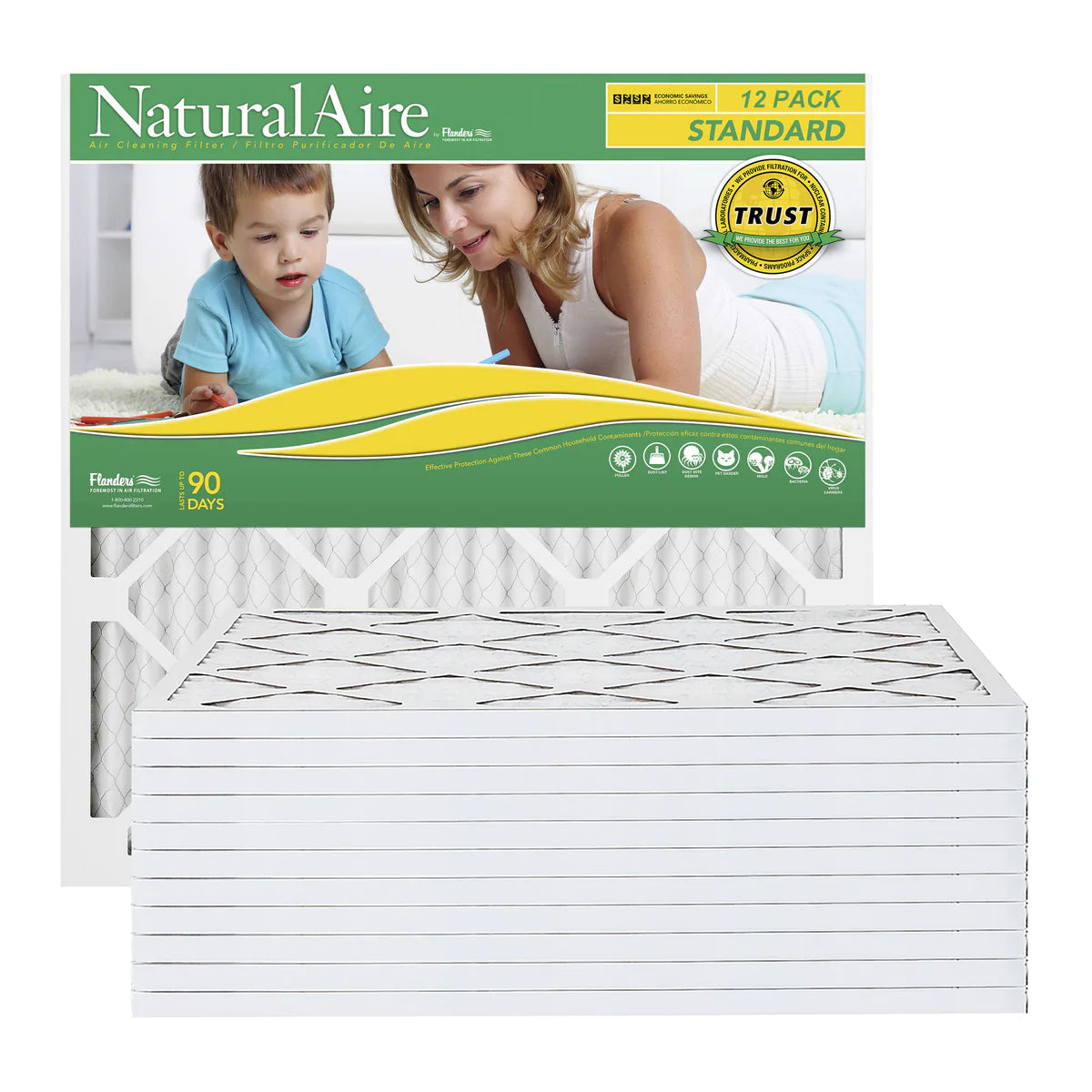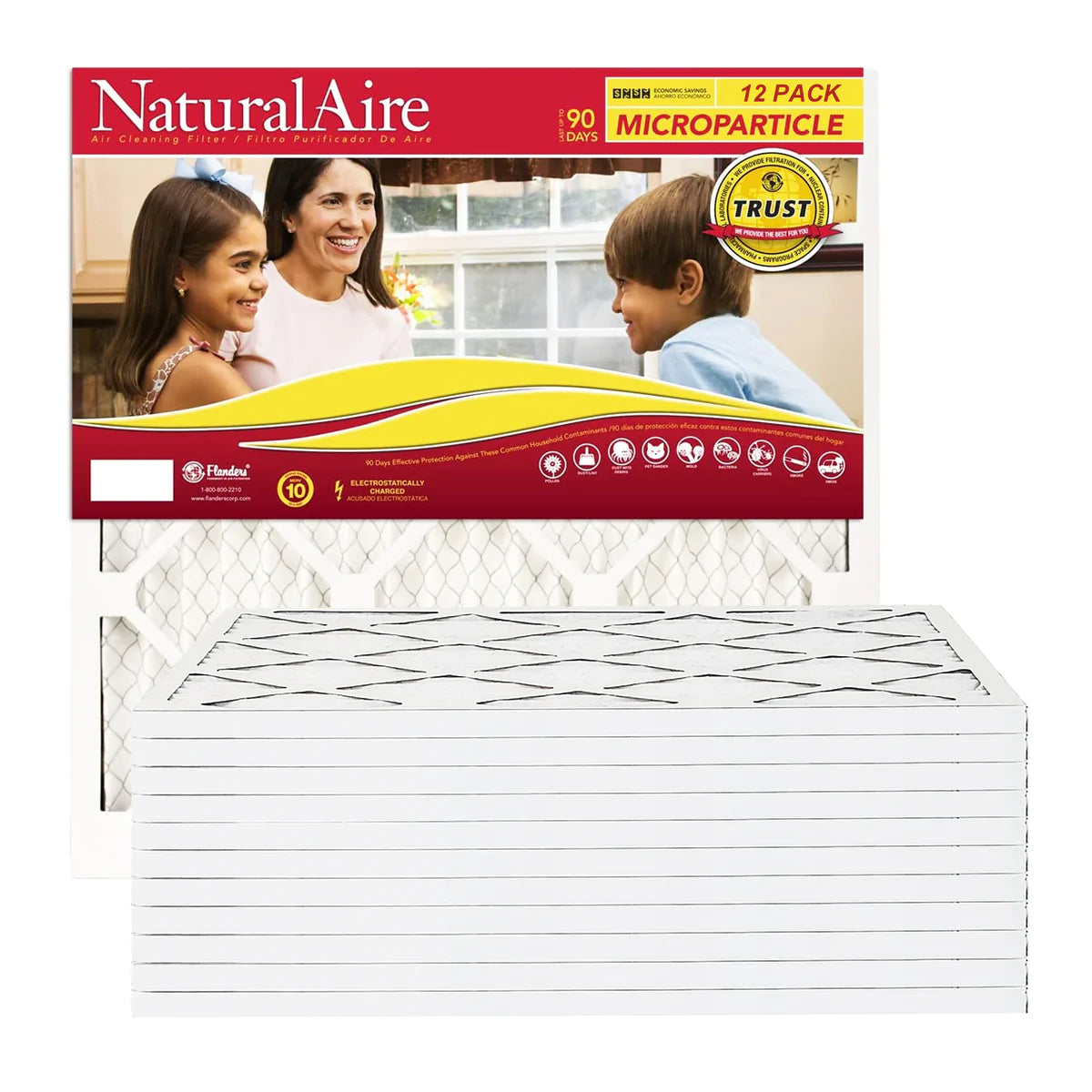Molds are a type of fungi that can be found both indoors and outdoors. They thrive in damp, warm, and humid environments, and can cause a variety of health problems when present in indoor air. Molds can cause allergic reactions, asthma attacks, and other respiratory illnesses. They can also cause damage to the structure of a building, leading to costly repairs.
Molds reproduce by releasing tiny spores into the air. These spores can be inhaled, and can cause a variety of health problems. Allergic reactions to mold spores can include sneezing, coughing, itchy eyes, and a runny nose. Asthma attacks can be triggered by mold spores, and can be especially dangerous for those with asthma. Other respiratory illnesses, such as bronchitis and pneumonia, can also be caused by mold spores.
Molds can also cause damage to the structure of a building. They can grow on walls, ceilings, and other surfaces, and can cause discoloration, staining, and deterioration of the material. This can lead to costly repairs, and can even cause structural damage if left unchecked.
Molds can be prevented by controlling the humidity levels in a home or building and by replacing your filters. Keeping the humidity levels below 50% can help to prevent mold growth. Regular cleaning and maintenance of the home or building can also help to reduce the presence of mold.
In conclusion, molds can have a significant impact on indoor air quality. They can cause a variety of health problems, and can also cause damage to the structure of a building. Controlling the humidity levels and regular cleaning and maintenance can help to reduce the presence of mold and its impact on indoor air quality.


